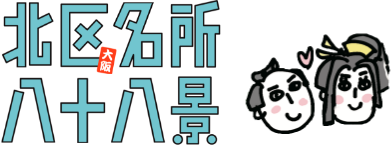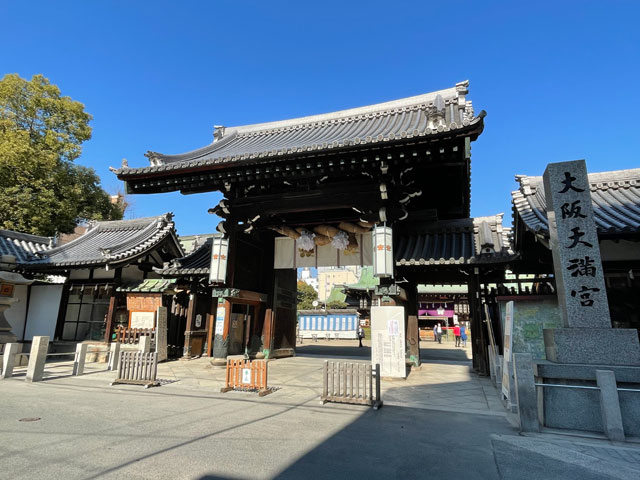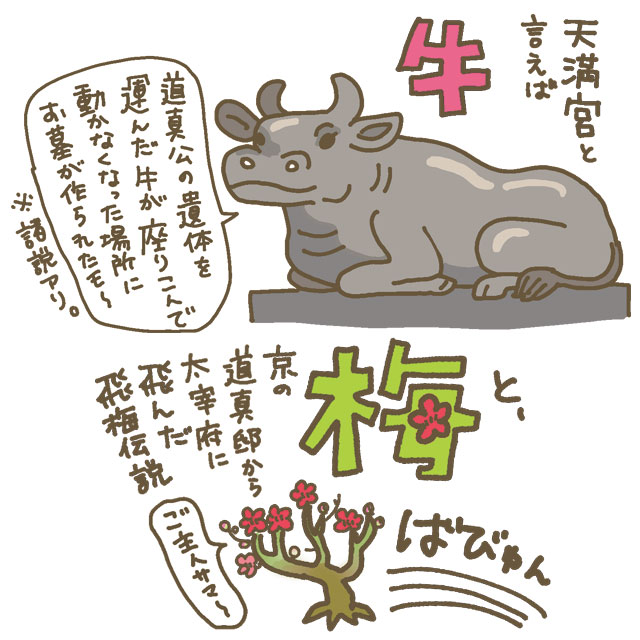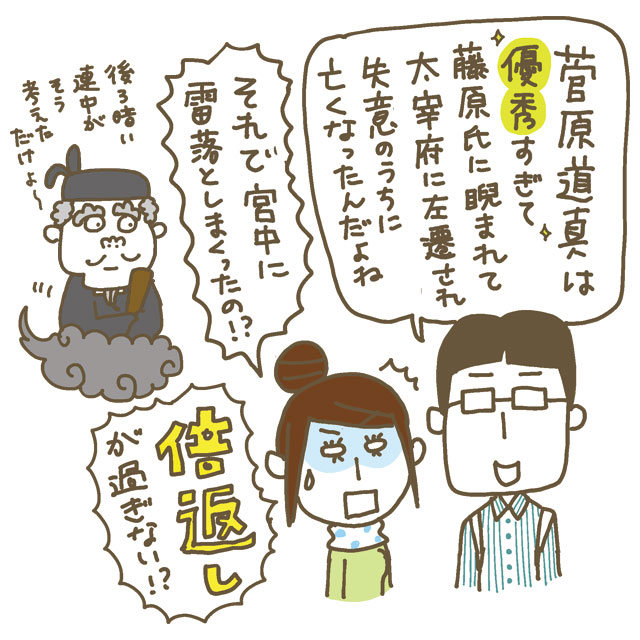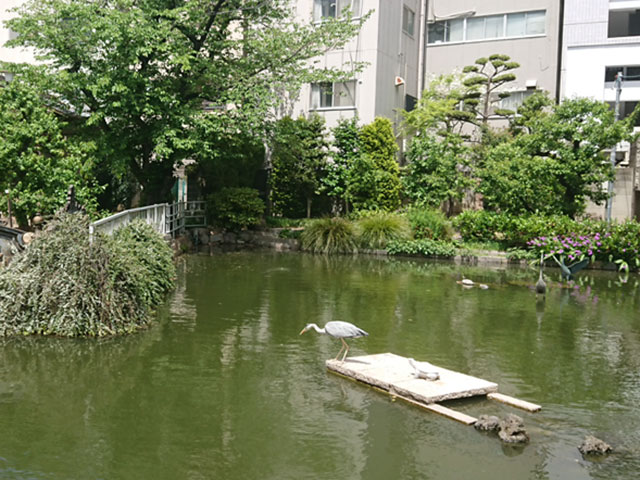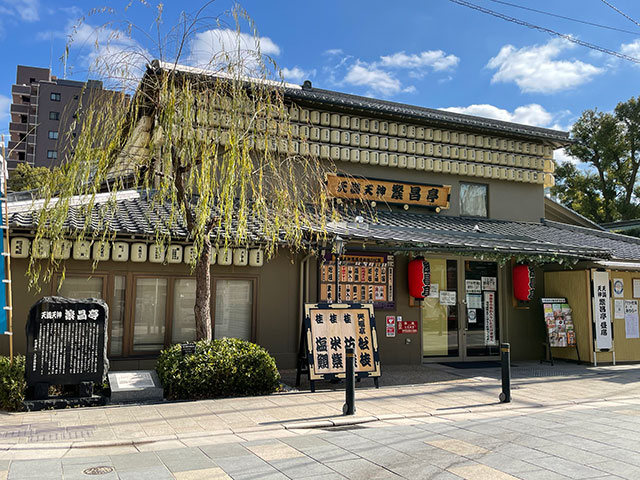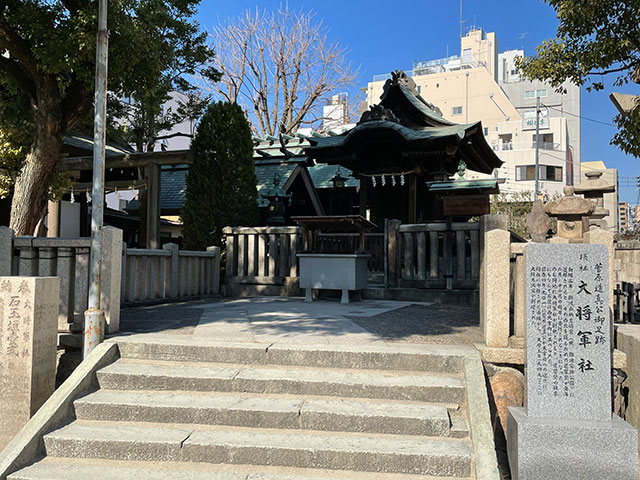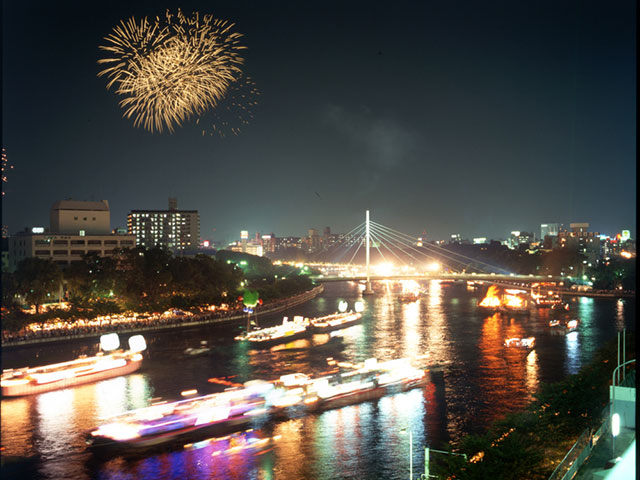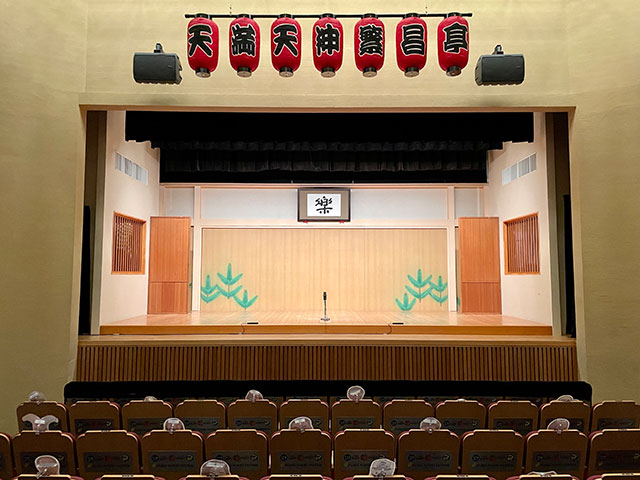Where the miracles of Tenjin live
Osaka Temmangu Shrine was built in 949 and enshrines the god Tenjin (the deified Sugawara no Michizane), whom the commoners of Osaka have beseeched across the ages. On the grounds of the shrine, visitors will find Temma Tenjin Hanjo Tei, the only year-round Osaka and Kyoto-style rakugo theater. Rakugo storytelling is a great example of how laughter overflows with humanity. Learning about the history of this spot offers a glimpse into the lives of the people.
What people wish for at shrines is a reflection of the times, and the people of Osaka put their faith in Tenjin
With entrance exams on the horizon, many students visit the shrine to wish for luck in their studies, but surprisingly, it was during the Edo period that Tenjin was revered as the god of learning. With temple schools where townsfolk studied popping up around the city, people began putting their faith in Michizane so that they could master academia just like him.
Before that, the greatest fear anyone had was infectious diseases. Since its founding, Temmangu Shrine has been renowned for warding off bad luck. With a Noh stage on the grounds in the past, and the Temma Tenjin Hanjo Tei rakugo theater now, the shrine is closely connected to the performing arts. Osaka Temmangu Shrine is truly close to the hearts of locals, and an essential part of their daily lives.
Hoshiai Pond and “suberan udon” noodles
Hoshiai Pond (aka: Turtle Pond) is a power spot for lovers that is said to join two people in a match when they meet on Hoshiaibashi Bridge, which spans the pond. The pond was larger in the past when it was known as a matchmaking spot. To get to Hoshiai Pond, head behind the main shrine building and go toward the back, then leave by the north gate, or go around the north side of Hanjo Tei.
Hoshiai Chaya, a café located at the back of the pond, serves “suberan udon” perforated noodles. These were originally developed for persons with visual disabilities, but they became instantly famous thanks to the double meaning of the word in the Osaka dialect, which means “can’t miss.” Students preparing for tests and others wishing for good luck come to eat “can’t miss” noodles. The plum blossoms are in full bloom in February, and by summertime, you can try some refreshing plum juice made from plums grown on the shrine grounds at Hoshiai Chaya.
Fate leads to a long-awaited rakugo theater
Osaka is where rakugo began, but for a long time after the war, there were no theaters showcasing this performing art. Thanks to the tireless efforts of Katsura Bunshi (chairman of the Kamigata Rakugo Association at the time) and others, the Temma Tenjin Hanjo Tei opened in 2006 on a plot of land provided by Osaka Temmangu Shrine free of charge.
This neighborhood was once home to many entertainment spots and playhouses, so Hanjo Tei being built here feels like fate. It’s as if Tenjin himself miraculously brought back long-gone rakugo, granting the wishes of those who kept the flame of hope alive over the years.
History buffs start their visit to the shrine here.
Taishogunsha Shrine is the oldest shrine on the grounds.
Taishogunsha Shrine, which is now an auxiliary shrine, is actually the origin of Osaka Temmangu Shrine. Taishogunsha Shrine was built to protect the capital on the seventh century when it was located in Naniwano Nagarano Toyosakinomiya. Later, when Michizane was demoted to Dazaifu, he stopped here to pray for a safe journey. Nearly 50 years later, the capital suffered one disaster after another, which were attributed to the vengeful spirit of Michizane according to Emperor Murakami. He then enshrined Michizane as a deity, building Osaka Temmangu Shrine in the forest where Taishogunsha Shrine was located.
